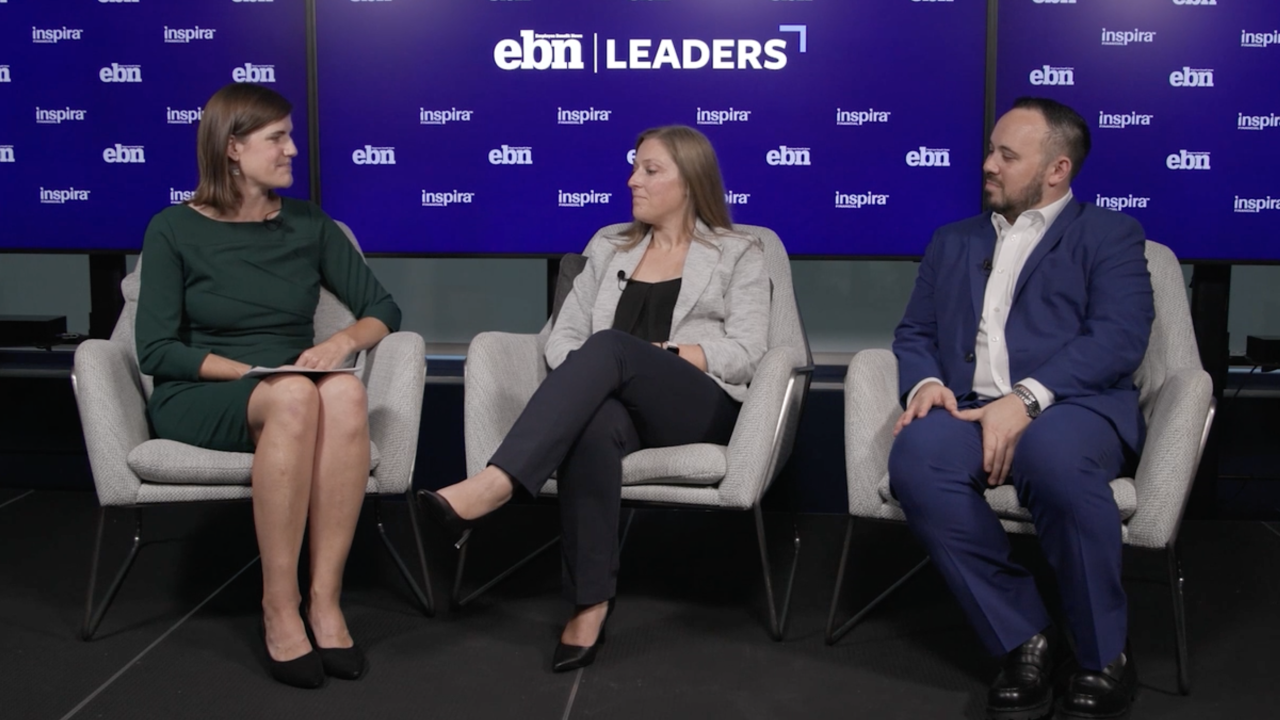It is one of the basic laws of personal finance: Fund traditional 401(k) accounts with enough money to get a full employer match — if one is offered.
"A match trumps all, given that it's effectively an instantaneous 100% or 50% return on the contribution, depending on the match ratio," says Michael Kitces, partner and director of research at Pinnacle Advisory Group in Columbia, Md. If a client with a $200,000 salary is offered a 50% match on the first 6% of pay, for example, the client should contribute at least $12,000 to the 401(k) to get the $6,000 employer contribution.
But during the recession, many employers pulled back on 401(k) matches. Out of their own paychecks, clients who work at those companies can still contribute up to $17,500 this year to a 401(k) or up to $23,000 if they're 50 or older.
Yet many clients wonder: Match or no, should that employee with the $200,000 salary max out their 401(k) this year?
Arguing for the max
For Kitces, there is a strong case in favor of unmatched contributions. Tax-efficient investment opportunities outside of a 401(k), like tax-managed mutual funds or ETFs, are efficient about deferring tax only on the growth — but "a 401(k) contribution defers taxes on the principal," Kitces says. "That's a gargantuan difference.
"With a $10,000 investment and an 8% growth rate," he continues, "tax-advantaged mutual funds are tax-efficient on $800 of growth, while 401(k)s are tax-deferred on the whole $10,000. It's not even slightly close. The 401(k) contribution will absolutely obliterate the economic value of tax-efficient brokerage investments."
Connie Stone, president of Stepping Stone Financial in Chagrin Falls, Ohio, contends that there are other reasons unmatched 401(k) contributions can work for some clients. "Besides lowering the tax bill," she says, "tax deferral also lowers a client's adjusted gross income. With lower AGI, the amount of AGI-dependent tax deductions and credits can increase and the taxation of Social Security benefits may decrease."
But other advisers see drawbacks to making unmatched contributions to a 401(k). "Generally, 401(k) plans have limited investment options, so returns may suffer," says Norman Boone, president of Mosaic Financial Partners, an advisory firm in San Francisco.
What's more, if a client needs cash, getting money into a 401(k) is easier than pulling it out. Loans can pose tax problems, such as double taxation of interest payments and unwanted taxes on loan defaults. Hardship withdrawals may not be available. Even expected withdrawals in retirement can be painful if future tax rates rise.
Top priorities
Are there better alternatives to unmatched 401(k) contributions? Boone suggests following this list of priorities:
- 401(k) contributions that receive a full match
- Repayment of credit-card debt
- Roth IRA contributions, up to the annual limit
- Unmatched 401(k) contributions
Boone is not alone in valuing Roth IRA contributions above unmatched 401(k) contributions. "Client situations differ," says Joe Lucey, president of Secured Retirement Advisors, an RIA in St. Louis Park, Minn."But using a Roth IRA before unmatched 401(k) contributions is a common strategy at our firm. We put tax-free money before tax-deferred money." Roth IRA withdrawals are fully tax-free after five years and after age 59 1/2.
Many of Lucey's working clients allocate 10% or 15% of their income to retirement funding. "Say a client earning $100,000 is in a 401(k) that matches up to 6% of pay," he says. "If the retirement savings goal is 10%, that client might put $6,000 into the 401(k) to get the match, and contribute the remaining $4,000 to a Roth IRA, assuming income eligibility."
One major exception is a high-bracket client who expects to have a lower tax rate in retirement: Such a client should make unmatched 401(k) contributions instead to get the more valuable tax break. But "if a client expects to be in the same tax bracket," Lucey says, "I'd probably recommend the Roth IRA."
He also cites another consideration. "I prefer diversification among retirement funds," he says. "A client with money in both a Roth IRA and a traditional tax-deferred plan may have more flexibility in choosing the account to tap in retirement."





